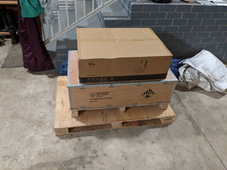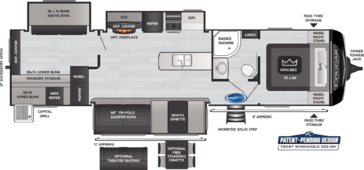eXodus
Solar Addict
- Joined
- Jul 27, 2020
- Messages
- 1,482
Thermodynamics, dew points (water, refrigerant) , really advanced physics calculation. Nothing you can explain in a single discussion post.I'm not really understanding how these variables make cooling more efficient though
Just trust me it - its not magic - it is real science and proven.
I replaced a 3 ton (36 BTU conventional unit) with a 8K and a 12K Inverter style unit and keeps the house at the same temperature, lower humidity and higher comfort. While dropping the power bill by 50%
My rule of thumb is with a inverter you can use a 1/3 smaller unit to achieve the same results in residential. Convential units do a lot of time nothing plus during on-off the pressure takes minutes to stabilize before cooling gets efficient.
had the thermostat set for each one a couple degrees different so it'll go from 4/3/2/1 and then run 1 constantly all day.
That is a great way going about it with old style A/C units.
Even when you run a regular unit at capacity - full blast all day - your external temperature fluctuates during the day. That means your efficiency fluctuates. A inverter unit can change condenser or compressor or evaporator speed. Depending what the algorithm sees fit for best use.
Last edited:




